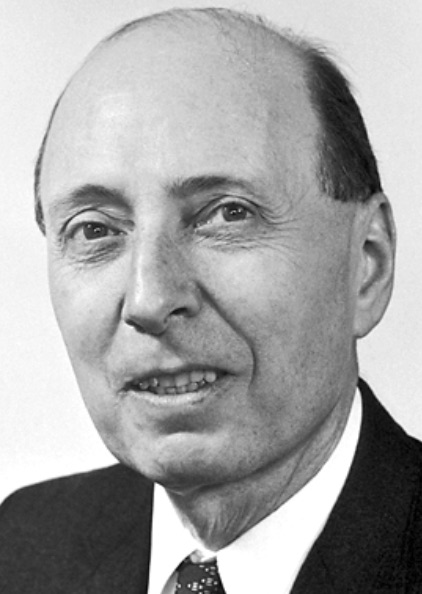
Eugene Paul Wigner was born on November 17, 1902, in Budapest, Hungary, into a Jewish family. Between ages 5 and 10, he was tutored at home and then entered elementary school. However, shortly after enrolling, he was diagnosed with tuberculosis and sent to a sanatorium in Breitenstein, Austria for treatment. During his six week confinement, he took the opportunity to explore geometric constructions, later recalling, “I had to lie on a deck chair for days on end, and I worked terribly hard on constructing a triangle if the three altitudes are given.”
At 13 years of age, Wigner entered the Lutheran High School in Budapest where John von Neumann was also in attendance. During his five years at that school, Eugene received a rigorous education in mathematics, classics, literature and religion and graduated in 1920 near the top of the class. Although Eugene wanted to pursue physics at university, his father wanted him to study chemistry so that he could contribute to the family business in leather tanning. Acceding to his father’s wishes, Wigner earned his doctorate in chemical engineering from the Technische Hochschule in Berlin, Germany, in 1925.
After completing his doctorate, Wigner returned to Budapest to help out in the family’s tannery factory, but his real interest continued to reside in theoretical physics. With his father’s blessing, Eugene shifted his focus and moved to Berlin where he worked with prominent physicists, including Max Born and Werner Heisenberg. On November 12, 1926, Wigner submitted a paper to Zeitschrift für Physikonon on the spectrum of atoms with 3 electrons (such as lithium) that extended Heisenberg’s model for atoms of two electrons (such as helium). When he ran into mathematical problems attempting to extend his model to atoms with more than three electrons, he sought help from John von Neumann. Famous for his quick and penetrating insights, von Neumann suggested the Wigner delve into the theory of groups. After an extensive study of the mathematical properties of groups, Wigner was able to extend his model from atoms of 3 electrons to the spectra of atoms with any number of electrons. Later, he would make additional contributions to quantum mechanics, particularly in the application of group theory to the understanding of quantum symmetries and the behavior of elementary particles.
In the 1930s, Wigner moved to the United States, where he continued his research in nuclear physics. He held various academic positions throughout his career, including at Princeton University. Eugene Wigner became a naturalized U.S. citizen in 1937. During World War II, he played a crucial role in the Manhattan Project, dedicated to the development of the atomic bomb. Wigner’s contributions included theoretical work on the reactor design and the development of methods to purify uranium.
After the war, he resumed his research, making significant contributions to solid-state physics, and working on the application of quantum mechanics to the understanding of the behavior of electrons in metals and semiconductors. Eugene Wigner was awarded the Nobel Prize in Physics in 1963 for his contributions to the theory of the atomic nucleus and elementary particles, particularly through the discovery and application of fundamental symmetry principles. He continued his work in physics throughout the next decades, but also wrote philosophical essays on the nature of physics and the role of mathematics in the physical sciences. In his famous publication The Unreasonable Effectiveness of Mathematics in the Natural Sciences, he wrote:
The miracle of the appropriateness of the language of mathematics for the formulation of the laws of physics is a wonderful gift, which we neither understand nor deserve.
Eugene Wigner passed away on January 1, 1995, at the age of 92, leaving behind a legacy of groundbreaking contributions to theoretical physics, quantum mechanics, and nuclear physics.
